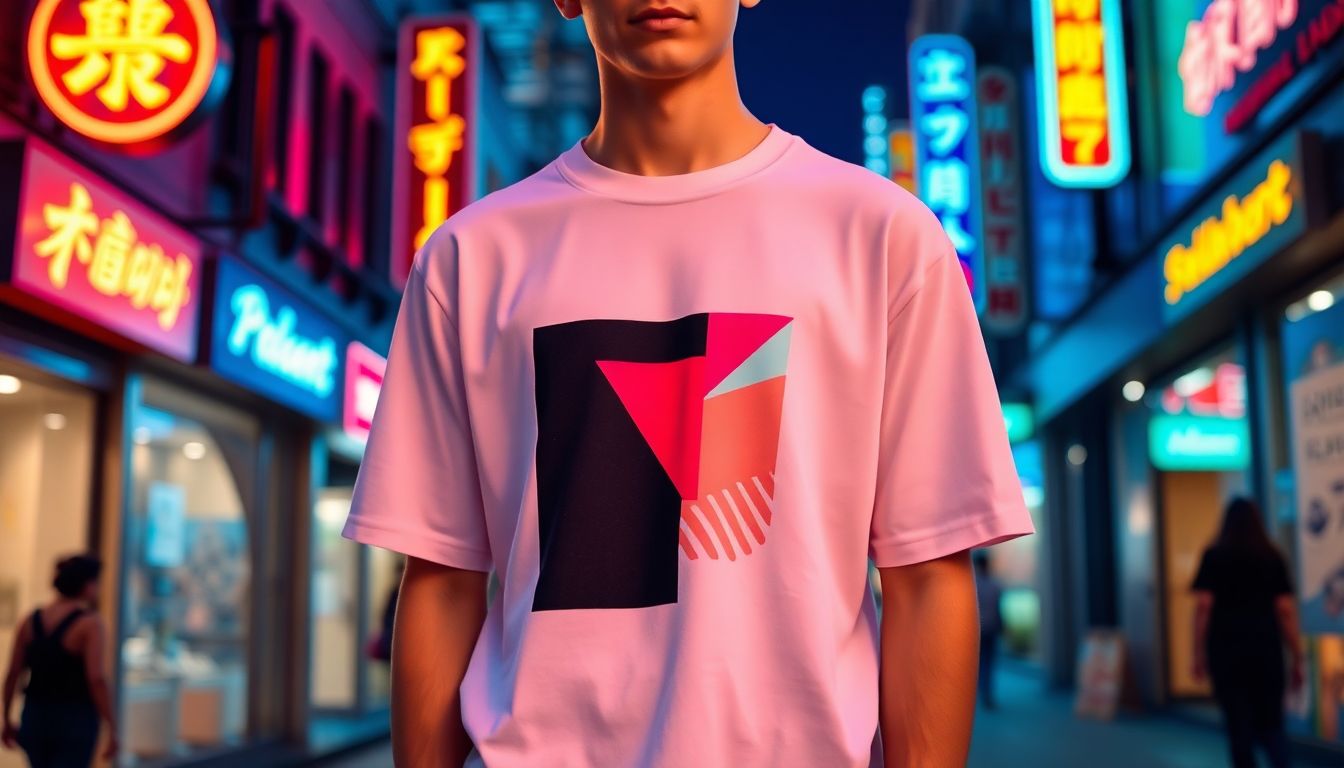How to Design T-Shirt Designs That Sell: A Guide to Standing Out

Did you know that the global custom t-shirt printing market is projected to reach $3.64 billion by 2026? With so many options available, standing out in this crowded space is tougher than ever. Many designers face the challenge of creating unique, eye-catching t-shirt designs. This article will outline key strategies to help you craft unforgettable and marketable t-shirts that capture attention and drive sales. Read more: Common Mistakes in T-Shirt Printing and How to Avoid Them
Understanding Your Target Audience
Identifying Your Niche
Defining a specific target audience is crucial for your t-shirt designs. When you focus on a niche, you can tailor your designs to suit a specific group of people. Consider successful niche t-shirt brands like Threadless, which connects artists with consumers, or TeeSpring, which allows creators to design for specific causes or communities. Finding your niche can be the first step toward making impactful designs.
Market Research
Conducting thorough market research helps you understand current trends and competitor strategies. By knowing what’s popular, you can better position your designs. For insights, check out this market research report that breaks down industry trends and consumer preferences.
Creating Buyer Personas
Developing detailed buyer personas can shape your design choices. Create profiles based on age, interests, and buying behaviors. A simple framework for creating these personas includes:
- Demographics: Age, gender, location
- Interests: Hobbies, favorite themes
- Pain Points: What problems does your design solve?
This understanding will steer your design process and keep it relevant.
Mastering the Art of Design
Choosing the Right Colors and Typography
Colors and fonts play a pivotal role in conveying your brand message. Each color evokes specific emotions — for example, blue often conveys trust, while red can evoke excitement. Take inspiration from brands like Nike, who effectively uses bold typography and colors to make their message pop. Choose a palette that resonates with your audience while reflecting your brand identity.
Graphic Design Principles
Understanding composition, balance, and visual hierarchy can elevate your t-shirt design. Ensure that your elements are well-arranged and that the main message stands out. Helpful design resources like Canva and Adobe Spark provide templates and tools for mastering these principles.
Incorporating Trends While Maintaining Originality
While it’s good to follow trends, originality is key. Brands like Supreme effectively merge trendy elements with unique designs. Think about how you can apply current trends while still keeping your own creative flair. This balance can set your designs apart.
Utilizing High-Quality Printing Techniques
Understanding Different Printing Methods
Various printing methods include:
- Screen Printing: Great for bulk orders, vibrant colors but can be costly for few pieces.
- Direct-to-Garment (DTG): Best for detailed designs, suitable for smaller batches but can have longer drying times.
Evaluating the pros and cons of each will help you choose what fits your design best.
Choosing the Right Fabric
The choice of fabric is crucial as it impacts the feel and durability of your t-shirts. Popular options include:
- Cotton: Soft and breathable, ideal for comfort.
- Polyester: More durable, great for vibrant prints.
- Blends: Combining materials for added benefits.
Choosing the right fabric can enhance the overall appeal of your design.
Quality Control and Production
Overseeing the printing and production process ensures quality results. Build a strong relationship with your printer, communicate your expectations, and ask for samples to avoid disappointment.
Marketing and Promotion
Building a Strong Brand Identity
A consistent brand identity builds trust. Successful t-shirt brands like Uncle Sam’s use strong, recognizable logos and color schemes across all marketing materials. Ensure that your branding reflects in your designs, website, and social media.
Leveraging Social Media
Social media is essential for promoting your designs. Platforms like Instagram and TikTok showcase your creations and help engage potential customers. According to recent studies, 54% of consumers use social media to research products. Make sure to create visually appealing posts that highlight your t-shirts.
Utilizing Influencer Marketing
Teaming up with influencers can expand your reach. Brands like Fabletics successfully use influencer partnerships to showcase designs to larger audiences. Choose influencers who align with your brand values for authentic promotion.
Testing and Iteration
Gathering Feedback
Soliciting feedback from potential customers can provide crucial insight. Host focus groups or social media polls to gauge interest in your designs.
A/B Testing Designs
A/B testing involves creating two versions of a design to see which performs better. This method can guide adjustments and improvements throughout your design process.
Analyzing Sales Data
Studying sales data helps identify which designs are popular. Patterns in purchasing behaviors can inform future design decisions, making adjustments based on performance critical for growth.
Conclusion
Creating t-shirt designs that stand out in a competitive market requires a deep understanding of your audience, a mastery of design principles, high-quality production, and effective marketing strategies. Start today by applying these insights and let your creativity shine. With dedication, success in the t-shirt market is not just a dream — it’s attainable!
Ready to create your own unique t-shirts? Remember, the possibilities are endless, and the potential for success is significant.
Comments
Post a Comment